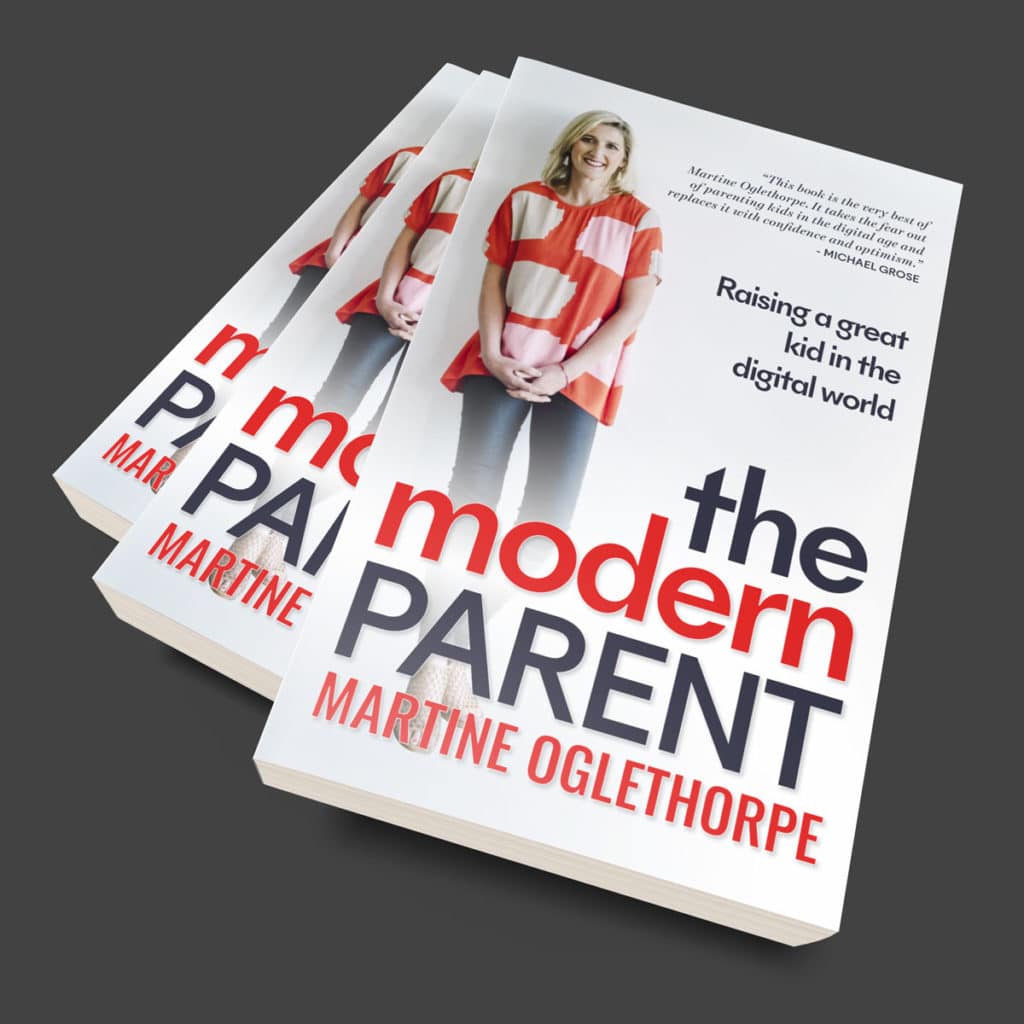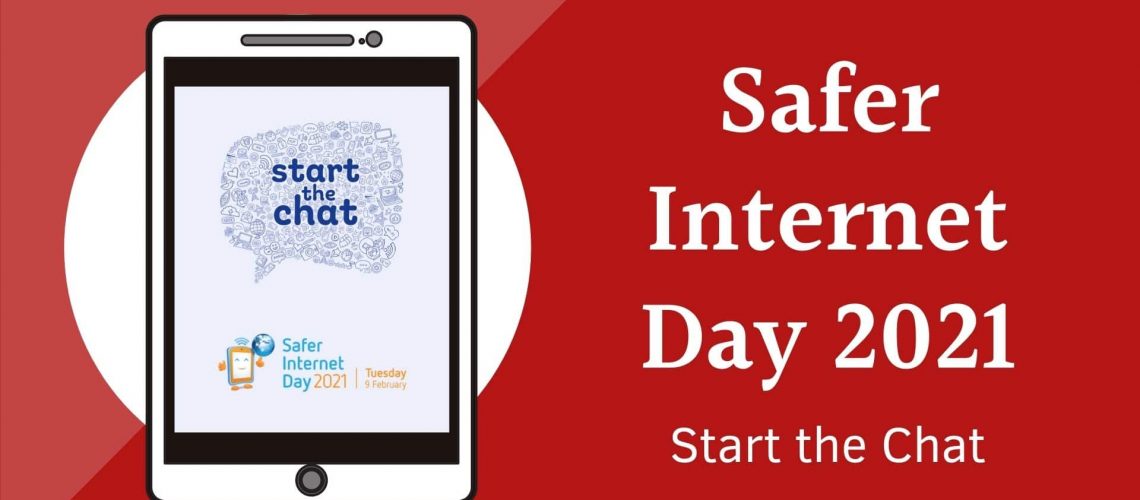Safer Internet Day for 2021 is help globally on February 9th. This year, the focus of Safer Internet Day is all about the need to “start the chat”, when it comes to keeping our kids safe online. Connecting with our kids has always been the backbone of all of my work with parents, schools and community groups when it comes to giving them the skills, thinking and behaviours to thrive in a digital world. In fact, my book has questions at the end of each chapter aimed to do just that. To give parents some ideas of how to start important but relevant conversations with kids…..but also of equal importance, it offers questions for parents to ask of themselves, in order to have those relevant conversations. Here are a few examples of ways you can get thinking about the digital world your kids are growing up in, and how you can help to have the conversations that focus on building the most important connection of all…..the one you have with your child.
Questions for parents to ask of themselves
Through whose eyes and ears is my child viewing the world?
This question is relevant to so many elements of the digital world and one we need to really think about if we want to raise emotionally resilient, safe, savvy, critical thinkers. This question allows us to pay attention to the people, the pages, the influencers and the creators that shape the opinions of our children. Who is in their feed? Who is appealing to them? Whose point of view are they exposed to? Are those views leading to certain actions and behaviours? Are they healthy, balanced, real and true? What conversations can I have with my kids about curated feeds, empathy, opinion, advertising and marketing? And how may the individual experiences of a globally connected world affect their values, beliefs and the way they show up in the online world?
How does my child hear me talk about technology?
Are your own views, experiences or bias determining the way you talk about the technology? Could this have an affect on how your child sees your relationship to the digital world…and thus even to themselves? Are you remaining relevant to your child? Would they see you as someone to turn to should something go wrong online? What would your kids think you would do should they find themselves in trouble online?
How would I react if I found out sexualised images of my child had circulated online? Would I know what steps to take?
As a parent when we are feeling our child’s wellbeing or safety is threatened, our natural reactions may be anger, it may be reactionary and it may not always be helpful. Thinking ahead about possible scenarios our kids may find themselves in can help us be better prepared should those situations or other similar ones arise. This post here may help with some of that thinking when it comes to the sending of nudes and image based abuse. We can also think about this when it comes to being bullied, doing the bullying or being exposed to violence and pornography. There are also simple reporting tools on the Office of the eSafety Commission website for those in Australia to help with these questions.
Starting the chat with your kids
How do you think growing up with access to the online world makes your childhood different to mine?
A really great conversation starter to get kids to look critically at the role technology plays in their lives and their childhood. What ways is it positive and helpful? What ways is it negative or unhelpful? What does it help them achieve, what does it prevent them from doing? When does it make you feel happy, motivated and inspired? When does it make you feel sad, angry or anxious? Getting them to think about the ways the online world has an affect on all of the different aspects of their lives allows them to think a little deeper about their relationships to it. It will help them think about those things they will nurture and develop, as well as how they can better tackle the challenges and pitfalls.
What would you do if you could see that a friend or peer was being bullied online?
This is a great way to talk about the challenges of online interactions and the strategies that we need to think about in order to help others online. It is also a great way to talk to kids without the focus being on them. We obviously want them to have strategies to deal with bullying themselves, but kids are not always willing to hand over that information if it may be affecting them directly. Using other examples of things that happen online can also help to provide that buffer to talk more freely about how certain situations played out and how they could possibly have been handled better should they happen again. Here is a post on managing group chats which can be a haven for drama and cyberbullying.
What are the things you think technology, gaming or devices may take you away from?
I love this question to get kids to think about the role the screens play in their lives, which most importantly, allows them to look critically at how they prioritise their time. What are all of the things they love to do aside from the devices? If getting fit is important, how may that be impacted by their time on devices? If writing or playing music is important, are they carving out enough time for that practise? By helping kids to recognise the time they want to spend on certain activities they can help create some balance and maintain control over their time on screens. Of course playing video games may well be one of the things they most want to spend their time on. There is nothing wrong with that necessarily, as long as they are finding time to have all of their other needs met for a healthy, balanced life.
These are just a handful of the many, many ways we can start the chat with our kids, with our students and even with our colleagues. In fact in my book The Modern Parent: Raising a Great kid in the digital world” I have 132 such questions to start the chat both with ourselves and our families.
I’d love to hear about some of your conversations. How are you going to “start the chat” this Safer Internet Day 2021?


